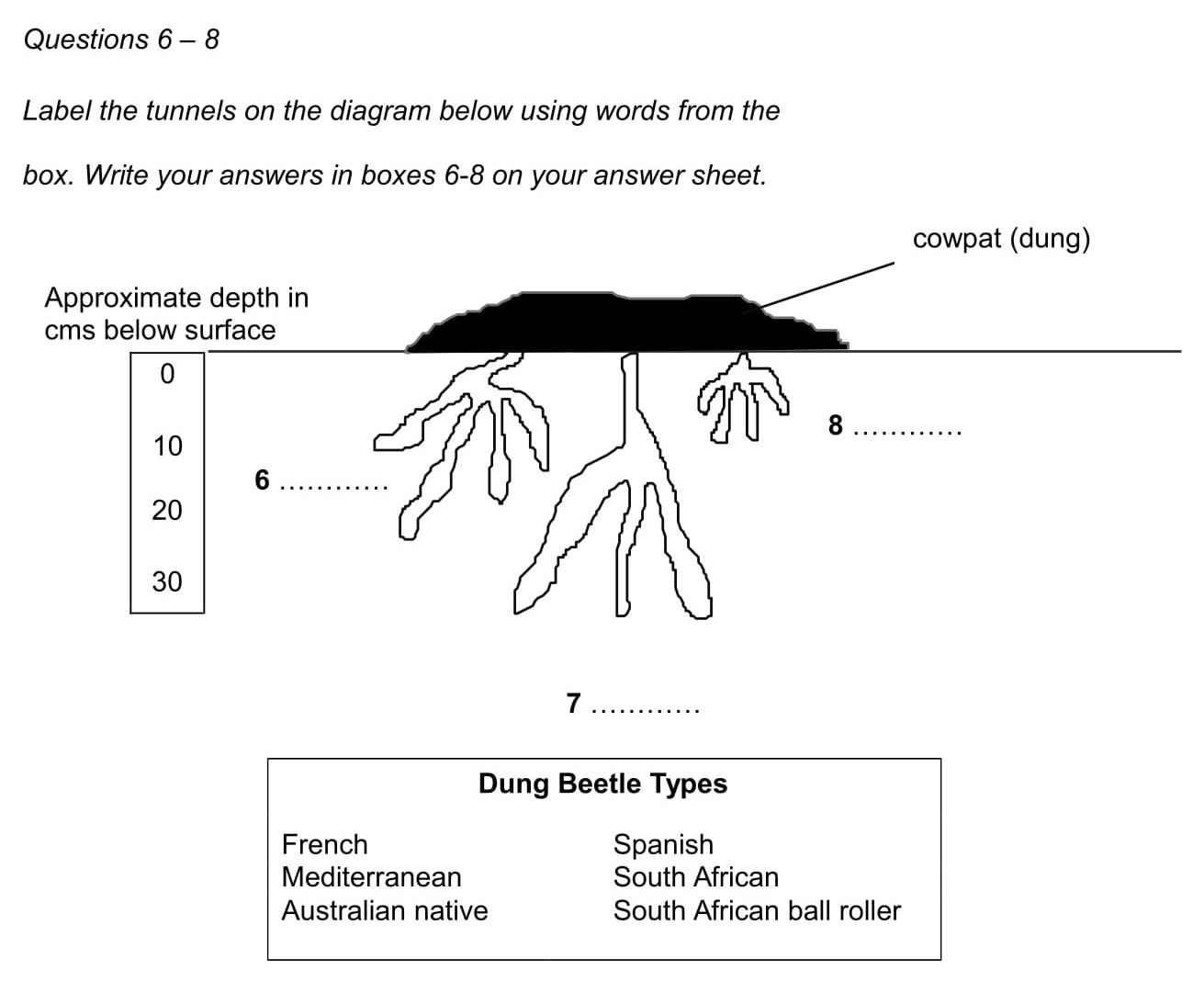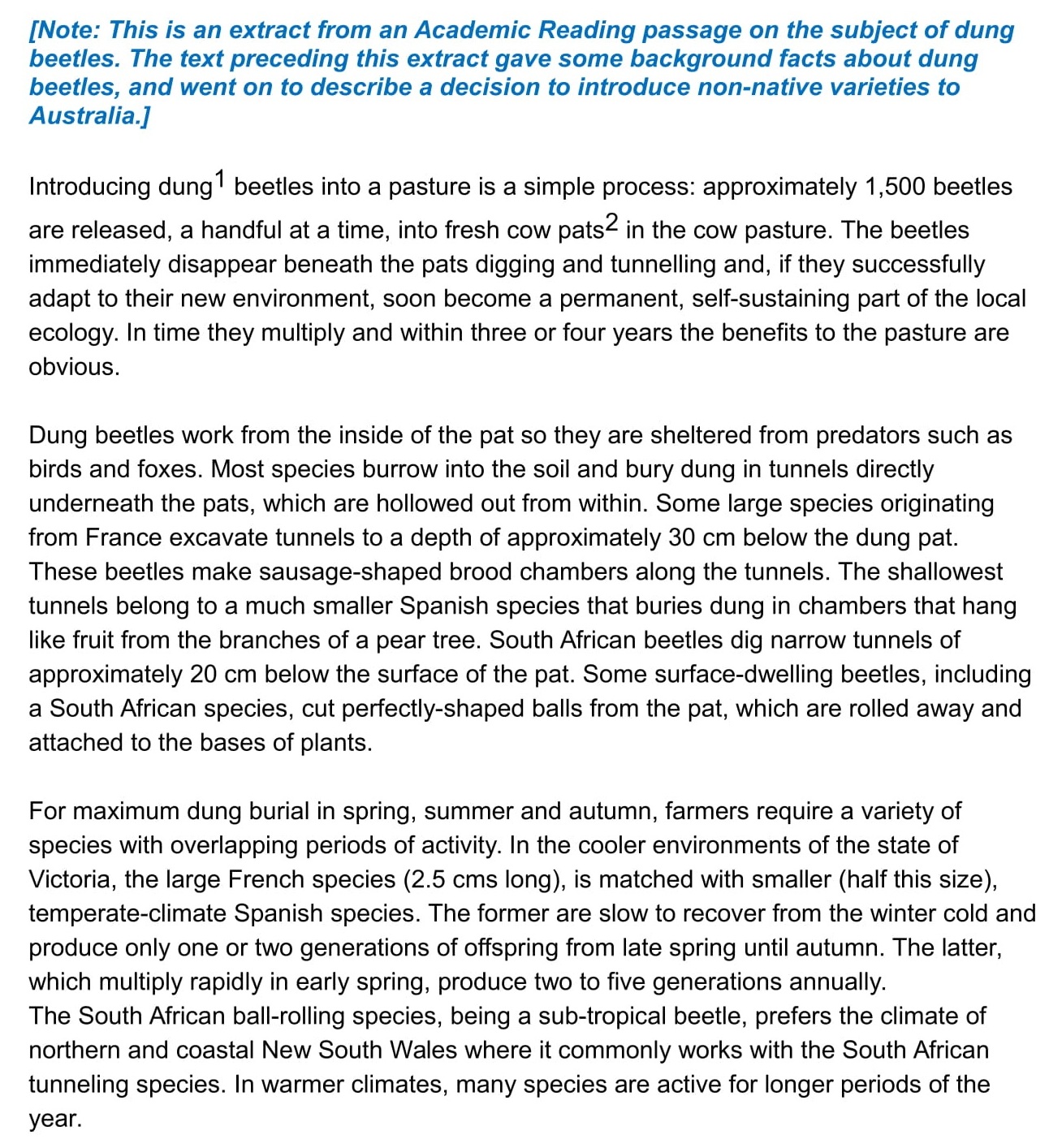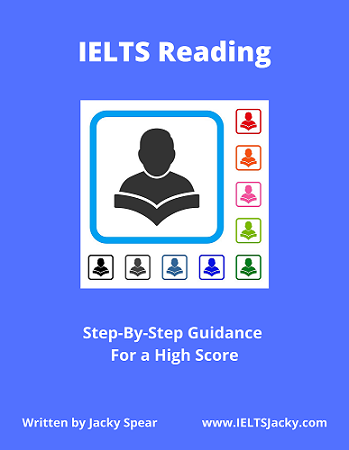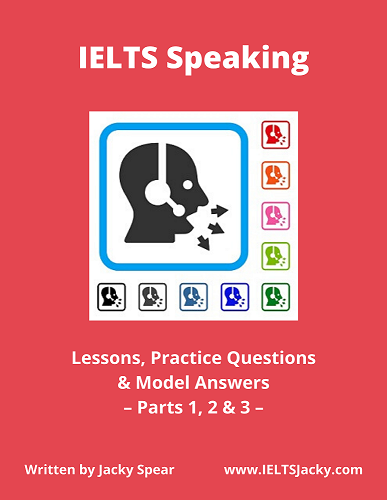IELTS Reading
Diagram Labelling Questions
Many
candidates dread getting a diagram labelling question in their IELTS Reading
Test because they fear that they won’t understand the diagram, especially if
it’s on a technical subject.
There’s no need to worry as you don’t need to fully understand it. Simply use the information given, just as you do with every other type of question. I show you how on this page. Here’s what it covers:
- Explanation of this question type
- Skills needed
- Key tips
- The strategy
- Examples from a real test paper
Explanation of this question type
- You will be given a diagram or a plan.
- You are required to label specific parts with words from the text or a word list.
The diagram will be one of the following:
- A design or plan
- A technical drawing, e.g. a machine or invention
- A diagram of something in the natural world
If you are
required to select words from the text for the answers, you'll be told how
many words you’re allowed to use for each label. For example, ONE WORD
or NO MORE THAN TWO WORDS. Hyphenated words such as ‘mother-in-law’
count as one word.
If you use the wrong number of words, your answer will be marked incorrect even if the information you give is correct.
Here’s an example of a set of instructions taken from a past test paper. We’ll be working on this diagram labelling task later.

Source: Cambridge English Past Test Paper
This particular question includes a list of words with which to label the diagram. The information needed to label it correctly will be in the text, although it may be concealed in synonyms and paraphrasing.
Skills needed
This type of question tests your ability to:
- Interpret a diagram
- Scan for specific information
- Identify synonyms & paraphrasing
- Read in detail for meaning
Key tips
1) Diagram labelling questions are not as hard as they may at first seem. If you apply the step-by-step strategy I explain below, you should be able to master them.
2) Don’t panic if the diagram looks complicated. It won’t be. A diagram is just another way of presenting information – a combination of language and a drawing.
You need no prior knowledge of the subject in order to complete it. Remember, this is a test of your reading skills, nothing else. Again, just follow the strategy.
3) Use any little clues that are present in the diagram to help you understand it. In our diagram, for example, we have,
- Some numbers
- Some text
- One completed label
- A heading in the word list box
Each gives you important information about the topic and will be related to the answers in some way. I’ll show you how to interpret it below.
4) You may be given a glossary of key words that could be unfamiliar to you. They’ll be below the text. Here’s the glossary for this question.
Glossary
1. dung: the droppings or excreta of animals
2. cowpats: droppings of cows
5) Try to get a general understanding of the diagram before you read the text.
6) Scan for keywords in the text to locate the paragraph with the answer in then read in detail to identify the words or words needed for the label.
7) The information in the text that contains the answers will very likely include synonyms so be on the lookout for them.
8) If you're struggling with a particular label, move on. Grab the easiest marks and come back to relook at the others later if there's time left at the end.
Make an educated guess if you have to rather than leaving the answer blank. You may guess correctly and score the point.
If you're choosing words from a word list, it will be easier to determine the answer when you've eliminated some of the other words.
The Strategy
I’ll show you how to apply this strategy in the example below but first, you need to understand it.
# 1 Read the instructions carefully. First, find out whether you have to label the diagram with words from the text or from a word list.
If the words come from the text, note how many words you’re required to write, e.g. ONE WORD or NO MORE THAN TWO WORDS.
# 2 Briefly look at the diagram and try to get a general understanding of what it’s showing. There will be clues in headings, figures and any labels already added.
# 3 Scan the text for key words. This will identify where the answers are located.
# 4 Read the relevant section of text in detail to find each answer.
# 5 Fill in the answer sheet and check your spelling.
Example with answers
This question is from a past IELTS Reading test paper taken from the official IELTS website, www.ielts.org. As noted above the text, only part of the text is shown for this practice question. The passage in your test will be longer.
Before checking the answers, see if you can label the diagram following the steps in the strategy. I've added the diagram again to save you having to scroll up and down the page.
When you’ve completed the task, read my notes below on how I found the answers. They include lots more tips to help you with diagram labelling questions.

Glossary
1. dung: the droppings or excreta of animals
2. cowpats: droppings of cows

Source: Cambridge English Past Test Paper
Source: Official IELTS website ielts.org - Diagram Labelling Sample Test
Notes on how I answer the questions
1) I start by carefully reading the instructions to be sure that I know what I have to do.
2) Next, I studying the information on the diagram to understand what the diagram is about and to work out the sort of information I’ll need to find in order to label it correctly. These are the key points that I note:
- The instructions say that I have to label three tunnels numbered 6, 7 and 8.
- Each label is a type of dung beetle from the word list.
- The only difference between the tunnels is their depth which is shown by the scale 0 to 30 on the left side of the diagram.
I conclude that I will identify the correct answers by finding out how deep the different types of dung beetles dig their respective tunnels.
3) Knowing this information, I decide to scan the text for the numbers. These are actually measurements – 0 cm, 10 cm, 20 cm and 30 cm. They should be easy to find and will lead me to the answers. I’m mindful that they could be written in words so watch out for this.
4) I find sentences with ‘20 cm’ and ‘30 cm’ in. I read them in detail.
- Some large species originating from France excavate tunnels to a depth of approximately 30 cm below the dung pat.
- South African beetles dig narrow tunnels of approximately 20 cm below the surface of the pat.
5) The first sentence clearly states that the dung beetle that digs tunnels 30 cm deep, comes from France.
Some large species originating from France excavate tunnels to a depth of approximately 30 cm below the dung pat.
I check the word list and find ‘French’ (which means ‘comes from France’) amongst the possible labels.
I then look at the diagram to identify which label relates to the 30 cm deep tunnel. It’s label 7 so the answer must be 7 French.
I fill in my answer and cross through ‘French’ in the word list.
(Knowing these words/synonyms will help you to understand the sentence:
- species – type
- originating – comes from
- excavate – dig
However, as long as you find ’30 cm’ and know that ‘French’ means ‘comes from France’, you should be able to get the answer.)
6) I move on to the second sentence I’ve identified in the text.
South African beetles dig narrow tunnels of approximately 20 cm below the surface of the pat.
The answer seems clear. It’s the South African beetle that digs tunnels 20cm deep. I check the word list for ‘South African’ but find two different types.
Dung Beetle Types
French Spanish
Mediterranean South African
Australian native South African ball roller
I
read the paragraph in detail for more information, particularly looking out for
the words ‘ball roller’ or something similar.
I find the information I need in the next sentence.
South African beetles dig narrow tunnels of approximately 20 cm below the surface of the pat. Some surface-dwelling beetles, including a South African species, cut perfectly-shaped balls from the pat, which are rolled away and attached to the bases of plants.
Here
I learn that the South African ball roller beetle attaches the balls of dung to
the base of plants and doesn’t dig tunnels. This, then, is not the answer.
The answer must be 6 South African.
I fill in the answer, cross through ‘South African’ in the word list and move on to the final label.
7) I now need to find out which beetle digs a tunnel of about 10 cm. However, ’10 cm’ isn’t mentioned in the text so I decide to scan for the remaining types of beetle (Spanish, Mediterranean and Australian native) to find the answer by a process of elimination.
I start by scanning for ‘Spanish’ and quickly find the following sentence in the third paragraph.
The shallowest tunnels belong to a much smaller Spanish species that buries dung in chambers that hang like fruit from the branches of a pear tree.
The word ‘shallowest’, meaning, less deep than the rest, tells me that this could be the answer but I scan for the ‘Mediterranean’ and ‘Australian native’ as well just to be sure. Neither type of beetle is mentioned in the text so the final answer must be 8 Spanish.
Answers
6 South African
7 French
8 Spanish
Want to watch the video of this page?
Click here.
I hope you’ve found these extra notes helpful. You are now ready to practice on your own. Make this practice a part of your preparation work and you'll soon feel more confident in your ability to answer diagram labelling questions in the IELTS Reading test.
Like this page?
Lessons On All Question Types
For more sample questions with step-by-step instructions, see the IELTS Reading menu page.
More Reading Test Pages
IELTS Reading Test – Understand the format, question types & marking system & know what skills are assessed. Also learn success strategies, key reading skills & discover top tips.
IELTS Reading Skills – Master the skills of skimming, scanning & detailed reading. Understand the importance of topic sentences & how to use context for meaning & unfamiliar words.
Top 7 IELTS Reading Tips – Each tip will take you a step closer to the high score you want. They are the key to top marks in your test.
9 More Tips For IELTS Reading – Learn valuable practice techniques & discover a secret that may gain you extra marks.
IELTS Reading Practice – Discover the top 5 things you must do to prepare for your reading test.
How to Complete the IELTS Reading Test in 60 Minutes – Top 6 Recommendations.
IELTS Academic Reading – Why you should take IELTS Academic Reading, test format, text types &
sample tests.
IELTS General Reading – Why you should take IELTS General Reading, test format, text types & sample tests.
Reading Practice Samples – Short activities to improve your reading skills & help you learn topic vocabulary.







